
... It inaugurates the most accurate solar calendar known to
the ancient world, with 365¼ days per year. It declares the
deceased princess Berenike a
goddess and creates a cult for
her, with women, men, ceremonies, and special 'bread-cakes'.
|
Egyptian bread, (-t,
female determinant) |
 |
Phoenician
qoph |
 |
Greek
phi |
Φ (φ) |
Lastly it orders the decree to
be incised in stone or bronze in both hieroglyphs and Greek,
and to be publicly displayed in the temples. The traditional
Egyptian calendar had 365 days: twelve months of thirty days
each and an additional five epagomenal days.
...
Nut, whom the Greeks sometimes identified with Rhea, was
goddess of the sky, but it was debatable if in historical
times she was the object of a genuine cult. She was Geb's
twin sister and, it was said, married him secretly and
against the will of Ra. Angered, Ra had the couple brutally
separated by Shu and afterwards decreed that Nut could not
bear a child in any given month of any year. Thoth, Plutarch
tells us, happily had pity on her. Playing draughts with the
Moon, he won in the course of several games a seventy-second
part of the Moon's light with which he composed five new
days. As these five intercalated days did not belong to the
official Egyptian calendar of three hundred and sixty days,
Nut was thus able to give birth successively to five
children: Osiris, Haroeris (Horus), Set, Isis and Nepthys
...
According to the reform, the
5-day 'Opening of the Year' ceremonies would include
an additional 6th day every fourth year. The reason given
was that the rise of Sothis advances to another day in
every 4 years, so that attaching the beginning of the
year to the heliacal rising of the star Sirius would keep
the calendar synchronized with the seasons. This Ptolemaic
calendar reform failed, but was finally officially
implemented in Egypt by Augustus in 26/25 BCE, now called
the Alexandrian calendar, with a sixth epagomenal day
occurring for the first time on
29 August
[*161] 22 BCE.
Julius Caesar had earlier implemented a 365¼ day year in
Rome in 45 BCE as part of the Julian calendar
...
|
March 30 (454 → 2 * 227) |
31 |
April 1 (91) |
 |
 |
 |
|
Ea5-1 (137) |
Ea5-2 |
Ea5-3 |
|
Tagata oho |
te henua |
te hau tea |
|
Egyptian courtyard |
 |
Phoenician heth |
 |
Greek eta |
Η (η) |
Oho.
1. To go: ka-oho! go! go away!
(i.e. 'goodbye' said by the person staying
behind); ka-oho-mai (very often
contracted to: koho-mai), welcome!
(lit.: come here); ku-oho-á te tagata,
the man has gone. Ohoga, travel,
direction of a journey; ohoga-mai,
return. 2. Also rauoho, hair. Vanaga.
1. To delegate; rava oho, to root. 2.
To go, to keep on going, to walk, to depart,
to retire; ka oho, begone, good-bye;
oho amua, to preced; oho mai,
to come, to bring; oho arurua, to
sail as consorts; hakaoho, to send, a
messenger. 3. Tehe oho te ikapotu, to
abut, adjoin; mei nei tehe i oho mai ai
inei te ikapotu, as far as, to; kai
oho, to abstain, to forego; hakaoho,
to put on the brakes. 4. The head (only in
the composite rauoho, hair).
Churchill. |
|
ξ
Phoenicis (9.0),
ρ
Tucanae (9.1),
DENEB KAITOS (Tail of the Sea Beast) = β
Ceti, η Phoenicis (9.4), AL NITHĀM (String
of Pearls) = φ¹ Ceti
(9.6)
*9.4 - *41.4 = *150.0 - 182.0 =
- *32.0 |
ACHIRD (Woman with Luminous Rays) =
η
Cassiopeiae
(10.7) |
Legs-15 (Wolf)
ν
Andromedae (11.0),
φ²
Ceti (11.1),
ρ Phoenicis (11.2),
η
Andromedae (11.4)
*335.0 = *11.4 - *41.4 |
|
Al Áwwā'-11 (The Barker)
/
Shur-mahrū-shirū-18 (Front or West Shur)
SOMBRERO GALAXY = M104 Virginis
(191.1),
ρ Virginis (191.4), PORRIMA = γ Virginis,
γ
Centauri (191.5)
*150.0 = *191.4 - *41.4 |
ι Crucis (192.2), β Muscae (192.5),
MIMOSA = β Crucis
(192.9) |
No star listed (193) |
|
Sept 28 |
29 |
30 (273 → 3 * 19) |
|
η Andromedae |
*180.0 |
ρ Virginis |
|
*11.4 |
*191.4 |
|
*335.0 - *150.0 = *185.0 |
|
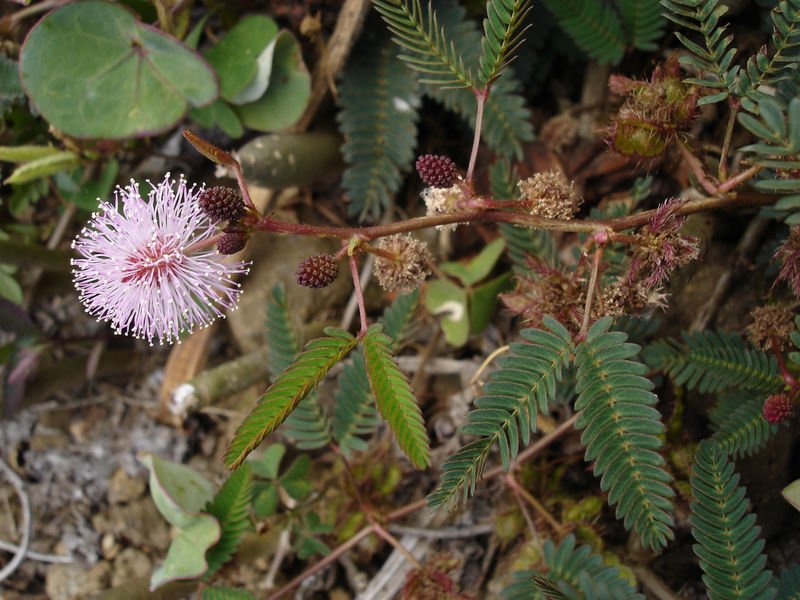
|
April 2 (92 → 184 / 2) |
3 (458 → 229 * 2 → *378) |
4 (454 + 5) |
 |
 |
 |
|
Ea5-4 (140) |
Ea5-5 |
Ea5-6 |
|
kua hanaga hia |
te ragi |
te hau tea |
|
Hana. Warmth, heat, suffocation
(mahana). Churchill. Ta.:
Hanahana, splendid, illustrious,
glory. Ma.: hana, so shine, to
glow. Churchill. Mq.: Hanamana,
miracle, a wonder. Ha.: hanamana,
id. Churchill. |
|
CIH (Whip)
= γ Cassiopeiae,
λ Tucanae (12.4),
φ³ Ceti (12.6), μ Andromedae (12.8)
*336.0 = *12.4 - *41.4 = 4 * 84 |
φ4 Ceti (13.2) |
No star listed (14) |
|
... The sense of top
lies in the fact that the bud end of a
coconut shell is used for spinning, both
in the sport of children and as a means
of applying to island life the practical
side of the doctrine of chances. Thus it
may be that in New Zealand, in latitudes
higher than are grateful to the coconut,
the divination sense has persisted even
to different implements whereby the
arbitrament of fate may be declared ...
...
At the beginning of 44 B.C. - when
Ceasar was still alive - the Senate
decided to raise statues of him in all
the temples and to sacrifice to him on
his birthday in the month Quintilis,
which in honour of him was renamed July.
He was raised to the status of a god
(among the other gods of the state)
under the name Jupiter Julius. Marcus
Antonius, who this year was consul
together with Caesar, became high priest
and responsible for the ceremonies. In
the middle of February, at the time of
the old feast of Lupercalia [Lupus
= Wolf], he ran around naked and whipped
the Roman ladies with thongs made from
goat-skin [februa], in order to
promote their fertility ...
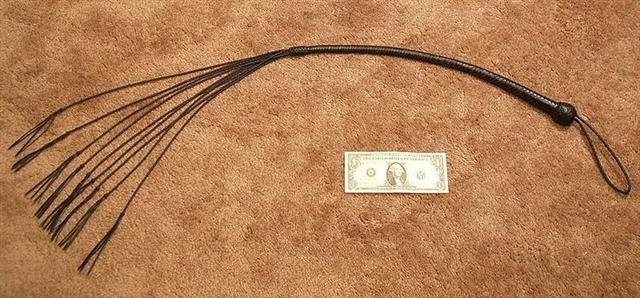 |
|
κ
Crucis (194.4),
ψ
Virginis (194.5),
μ
Crucis,
λ
Crucis (194.6),
ALIOTH (Fat Tail) =
ε
Ursae Majoris,
ι
Oct.
(194.8)
*153.0 = *194.4 - *41.4
→
17 * 9 |
MIN-EL-AUVA
(Door of the Barker) =
δ
Virginis
(195.1),
COR CAROLI =
α
Canum Ven.
(195.3) |
δ
Muscae (196.5) ,
VINDEMIATRIX (Grape Gatherer) =
ε
Virginis
(196.8) |
|
Oct 1 |
2 (275) |
3 (271 + 5) |
|
VINDEMIATRIX (ε
Virginis) |
|
April 4 |
*48 |
May 22 |
*182 |
Nov 20 |
|
94 (*14) |
142 (*62) |
324 (*244) |
|
Full Moon |
Culmination |
Sun
|
|
459 (*14) |
*229 → 236 - a week |
Full Moon |
|

|
April 5 (460) |
6 (144 - 48 = 96) |
7 |
8 |
9 (99, 464) |
10 (100) |
 |
 |
 |
 |
 |
 |
|
Ea5-7 (140 + 3) |
Ea5-8 (12 * 12) |
Ea5-9 |
Ea5-10 |
Ea5-11 |
Ea5-12 (138 + 10) |
|
koia ra kua hanaga hia |
koia ra kua hanaga hia |
te tagata |
te hau tea |
koia ra |
te henua |
|
INVISIBLY CLOSE
TO THE SUN: |
|
1h
(15.2)
β Phoenicis (15.1), υ Phoenicis, ι Tucanae (15.6), η
Ceti, ζ Phoenicis (15.7) |
Al Batn Al Hūt-26 (Belly of the Fish)
/
Revati-28 (Prosperous)
/
1-iku (Field Measure)
MIRACH (Girdle) =
β
Andromedae,
KEUN MAN MUN (Camp's South Gate) =
φ
Andromedae
(16.0),
ANUNITUM =
τ
Piscium
(16.5),
REVATI (Abundant) =
ζ
Piscium
(16.9)
REGULUS
(α Leonis) |
ν
Phoenicis (17.4), κ Tucanae (17.6)
*159.0 + *182.0 = 341.0 |
No star listed (18) |
ADHIL
(Garment's Train) = ξ Andromedae
(19.3),
θ
Ceti (19.7) |
KSORA (Knee) =
δ
Cassiopeiae
(20.1),
ω
Andromedae (20.6),
γ
Phoenicis (20.8) |
|
VISIBLE CLOSE TO
THE FULL MOON: |
|
13h
(197.8)
ξ¹ Centauri (197.1), ξ² Centauri (197.9) |
APAMI-ATSA (Child of Waters) =
θ
Virginis,
ψ
Hydrae (198.5),
DIADEM =
α
Com. Ber.
(198.9) |
AL DAFĪRAH (Tuft) =
β
Com. Ber.
(199.4)
*158.0 = *199.4 - *41.4 |
σ
Virginis (200.4)
*159.0 = *200.4 - *41.4 |
γ
Hydrae (201.0),
ι
Centauri (201.4)
*160.0 = *201.4 - *41.4 |
Al Simāk-12 (Lofty)
/
Chitra-14
(Bright One)
/
Horn-1
(Crocodile)
/
Sa-Sha-Shirū-19 (Virgin's Girdle)
/
ANA-ROTO-3 (Middle pillar)
MIZAR =
ζ
Ursae Majoris (202.4),
SPICA =
α
Virginis,
ALCOR (The Fox) = 80 Ursae Majoris
(202.7)
SADALMELIK (α Aquarii) |
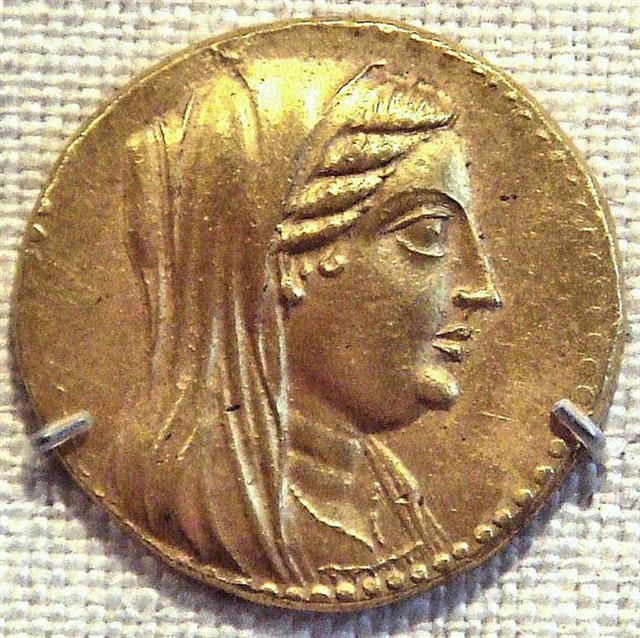 |
|
Oct 4 (277) |
5 |
6 |
7 |
8 |
9 (465 - 183) |

|
April 11 (101, 466) |
12 |
13 → 14 * 29½ |
|
...
According to the reform, the 5-day 'Opening
of the Year' ceremonies would include an
additional 6th day every fourth year. The reason
given was that the rise of Sothis advances to
another day in every 4 years, so that
attaching the beginning of the year to the
heliacal rising of the star Sirius would keep
the calendar synchronized with the seasons ... |
 |
 |
 |
|
Ea5-13 → 19 * 27 |
Ea5-14 (150) |
Ea5-15 |
|
te mauga |
te hau tea |
te manu |
|
Maúga. 1. Last; aga
maúga o te Ariki o Hotu Matu'a, King Hotu
Matua's last work. 2. Hill, mountain. Mouga,
moúga. Last; vânaga moúga o te Ariki O
Hotu Matu'a, the last words of King Hotu
Matu'a. Vanaga. Mauga kore, impalpable.
Mouga. 1. Enough, that's all, at last. 2.
Mountain, ridge of hills; mouga iti,
hillock; tua mouga, mountain top;
hiriga mouga; hillside, declivity, slope. P
Pau.: mahuga, mountain. Mgv.: mou,
maga, mountain. Mq.: mouna,
mouka, peak or crest of a mountain. Ta.:
maua, moua, mountain. 3. Extinction,
end, interruption, solution; te mouga o te
hiriga, end of a voyage; pagaha mouga
kore, without consolation. 4. To get.
Churchill |
Sirius brought down water from the mountains far down in the
south, and this inundation of the Nile was a necessary feat
in order to bring forth one more year, one more generation.
Sirius (*101) → 101 (April 11)
→ 465 + 1. It also pleased the crocodiles.


Could the pair of rising twin fishes (Ea5-16--17) have
been drawn in order to allude to the extra
opening-of-the-year ('birth day') every 4th year in order to keep pace
with Sirius? April 14 could have been written 4.14
alluding to *41.4 for the right ascension cord connected
with Bharani.
... Although exceptions exist, the first day of the
bis sextum (February 24) was usually regarded as the
intercalated or 'bissextile' day since the third century
...

Our own leap day February 29 (→
2.29 → 229) should south of the equator have
corresponded to day 29 in month number 2 + 6 = 8
→ August 29
(241 = 60 + 181 → Sirius).
In ancient Egypt everything was upside down, with the
mountains generating spring high up in the south instead of
high up in the north.
... This Ptolemaic calendar
reform failed, but was finally officially implemented in
Egypt by Augustus in 26/25 BCE, now called the Alexandrian calendar, with a sixth epagomenal day
occurring for the first time on
29 August
[*161] 22 BCE.
Julius Caesar had earlier implemented a 365¼ day year in
Rome in 45 BCE as part of the Julian calendar
...
Inside their heads there was a sign which could have
been borrowed from the bottom part of vai:
|
Mercury |
Jupiter |
Venus |
Saturn |
Sun |
Moon |
Mars |
|
1 |
2 |
3 |
4 |
5 |
6 |
7 |
|
8 |
9 |
10 |
11 |
12 |
13 |
14 |
|
15 |
16 |
17 |
18 |
19 |
20 |
21 |
|
22 |
23 |
24 |
25 |
26 |
27 |
28 |
|
Wednesday |
Thursday |
Friday |
Saturday |
Sunday |
Monday |
Tuesday |
|
29 |
30 |
31 |
32 |
33 |
34 |
35 |
|
378 = 54 weeks = 360 + 18 |
Let's
now see what sequence of stars was rising with the Sun
beginning with day 466
(April 11) 101 and ending with April 16 (471 = 1½ * 314):
|
April 11 (101, 466) |
12 |
13 → 14 * 29½ |
|
...
According to the reform, the 5-day 'Opening
of the Year' ceremonies would include an
additional 6th day every fourth year. The reason
given was that the rise of Sothis advances to
another day in every 4 years, so that
attaching the beginning of the year to the
heliacal rising of the star Sirius would keep
the calendar synchronized with the seasons ... |
 |
 |
 |
|
Ea5-13 → 19 * 27 |
Ea5-14 (150) |
Ea5-15 |
|
te mauga |
te hau tea |
te manu |
|
Maúga. 1. Last; aga
maúga o te Ariki o Hotu Matu'a, King Hotu
Matua's last work. 2. Hill, mountain. Mouga,
moúga. Last; vânaga moúga o te Ariki O
Hotu Matu'a, the last words of King Hotu
Matu'a. Vanaga. Mauga kore, impalpable.
Mouga. 1. Enough, that's all, at last. 2.
Mountain, ridge of hills; mouga iti,
hillock; tua mouga, mountain top;
hiriga mouga; hillside, declivity, slope. P
Pau.: mahuga, mountain. Mgv.: mou,
maga, mountain. Mq.: mouna,
mouka, peak or crest of a mountain. Ta.:
maua, moua, mountain. 3. Extinction,
end, interruption, solution; te mouga o te
hiriga, end of a voyage; pagaha mouga
kore, without consolation. 4. To get.
Churchill |
|
δ Phoenicis (21.5) |
υ Andromedae (22.9) |
ACHERNAR (End of the
River) =
α
Eridani
(23.3),
χ
Andromedae (23.6),
τ
Andromedae (23.9) |
 |
Life implies death (•)
and death (†)
implies new life (*).

... Next, she went all
alone and arrived where the tree stood. It stood at the
Place of Ball Game Sacrifice. What? Well! What's the
fruit of this tree? Shouldn't this tree bear something
sweet? They shouldn't die, they shouldn't be wasted.
Should I pick one? said the maiden.
And then the bone
spoke; it was there in the fork of the tree: Why do you
want a mere bone, a round thing in the branches of a
tree? said the head of One Hunaphu when it spoke to the
maiden. You don't want it, she was told. I do want it,
said the maiden. Very well. Stretch out your right hand
here, so I can see it, said the bone. Yes, said the
maiden. She stretched out her right hand, up there in
front of the bone. And then the bone spit out its
saliva, which landed squarely in the hand of the maiden.
And then she looked in her hand, she inspected it right
away, but the bone's saliva wasn't in her hand. It is
just a sign I have given you, my saliva, my spittle.
This, my head, has nothing on it - just bone, nothing of
meat. It's just the same with the head of a great lord:
it's just the flesh that makes his face look good. And
when he dies, people get frightened by his bones. After
that, his son is like his saliva, his spittle, in his
being, whether it be the son of a lord or the son of a
craftsman, an orator. The father does not disappear, but
goes on being fulfilled. Neither dimmed nor destroyed is
the face of a lord, a warrior, craftsman, an orator.
Rather, he will leave his daughters and sons. So it is
that I have done likewise through you. Now go up there
on the face of the earth; you will not die. Keep the
word. So be it, said the head of One and Seven Hunaphu -
they were of one mind when they did it ...

The last glyph on the G tablet was number 471
→ 16 * 29½ - 1:
|
→ 41.4 Tauri (Bharani)
|
4-15 → 4 * 15 = 60 |
April 16 (471 → 1½ * 314) |
 |
 |
 |
|
Ea5-16 (152) → 5 * 16 = 80 |
Ea5-17 → 9 * 17
= 516 + 401 |
Ea5-18 |
|
tui ika |
te hau tea |
|
Tui. 1. To sew mats, to make strings.
E-tahi tuitui reipá i Te Pei, ekó rava'a
e-varu kaukau; i-garo ai i Hiva, i te
kaiga, a necklace of mother-of-pearl is on
te Pei, few will find it (lit: eight
groups of people); it has remained in Hiva,
in our homeland. 2. The three stars of Orion's
Belt. Vanaga.

 |
|
ALSEIPH (Scimitar) =
φ
Persei
(24.5),
τ
Ceti (24.7) |
No star listed (25) |
ANA-NIA-10 (Pillar-to-fish
by)
χ Ceti (26.1),
POLARIS = α Ursae Minoris,
BATEN KAITOS (Belly of the Fish) = ζ Ceti
(26.6),
METALLAH = α Trianguli
(26.9) |
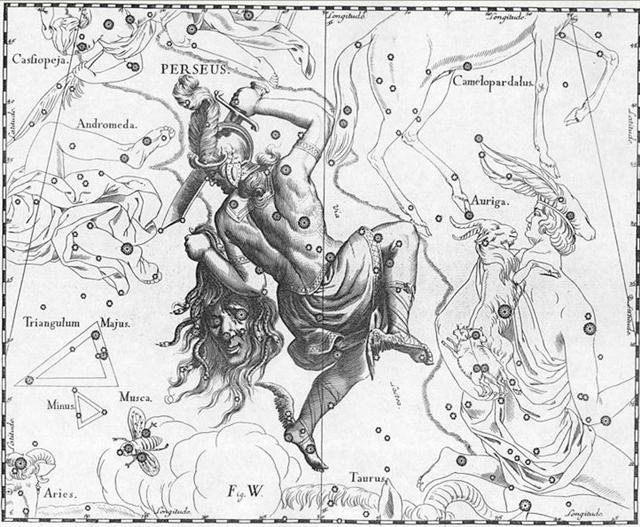 |

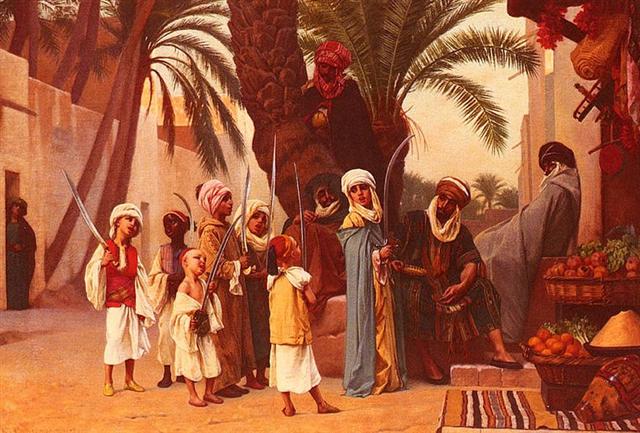
|























